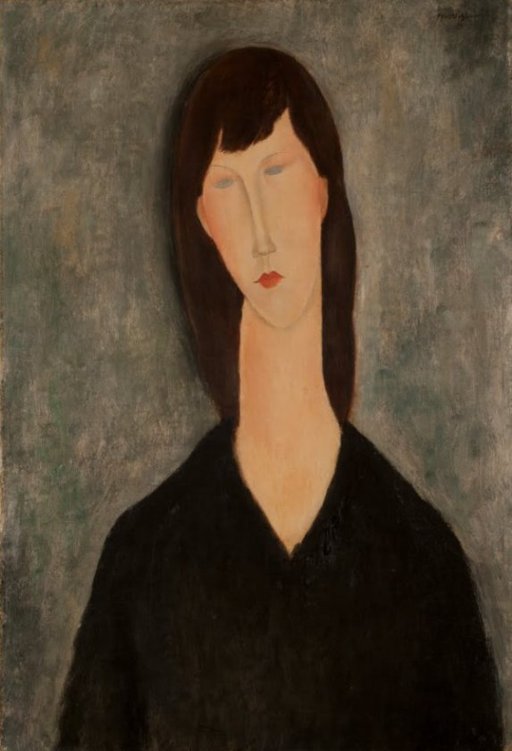Maria Peitcheva - Amedeo Modigliani: 230 Plates
Here you can read online Maria Peitcheva - Amedeo Modigliani: 230 Plates full text of the book (entire story) in english for free. Download pdf and epub, get meaning, cover and reviews about this ebook. year: 2016, publisher: CreateSpace IPP, genre: Detective and thriller. Description of the work, (preface) as well as reviews are available. Best literature library LitArk.com created for fans of good reading and offers a wide selection of genres:
Romance novel
Science fiction
Adventure
Detective
Science
History
Home and family
Prose
Art
Politics
Computer
Non-fiction
Religion
Business
Children
Humor
Choose a favorite category and find really read worthwhile books. Enjoy immersion in the world of imagination, feel the emotions of the characters or learn something new for yourself, make an fascinating discovery.
- Book:Amedeo Modigliani: 230 Plates
- Author:
- Publisher:CreateSpace IPP
- Genre:
- Year:2016
- Rating:4 / 5
- Favourites:Add to favourites
- Your mark:
Amedeo Modigliani: 230 Plates: summary, description and annotation
We offer to read an annotation, description, summary or preface (depends on what the author of the book "Amedeo Modigliani: 230 Plates" wrote himself). If you haven't found the necessary information about the book — write in the comments, we will try to find it.
Amedeo Modigliani was the epitome of a tragic artist. Although he purposely created a life in which chaos, poverty, and trouble lurked in every corner, he was a prolific artist. He sketched furiously, sometimes drawing over 100 sketches in a day, but many of his works were lost, given away, or in some cases, destroyed by Modigliani himself. His favorite subject was by far the human form, painting the likenesses of other artists, such as Pablo Picasso, Diego Rivera, Max Jacob, and Juan Gris, who all sat for the artist. His formal works are characterized an elongation of the human form and mask-like faces, and his work is so unlike any other of his time that it still defies classification.
Maria Peitcheva: author's other books
Who wrote Amedeo Modigliani: 230 Plates? Find out the surname, the name of the author of the book and a list of all author's works by series.

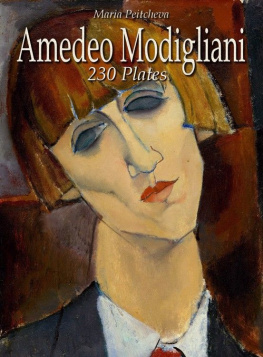

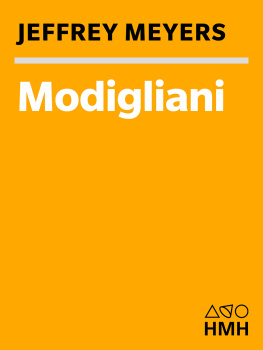

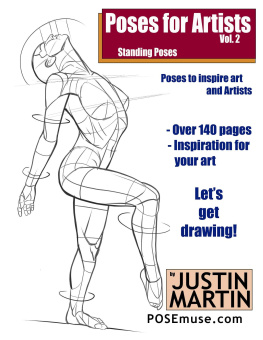
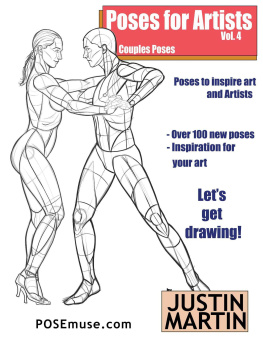
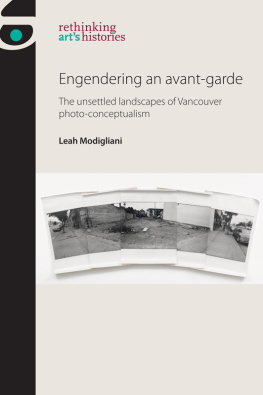
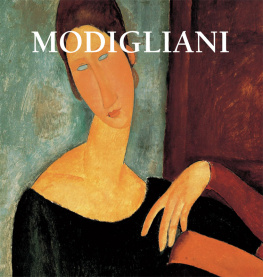
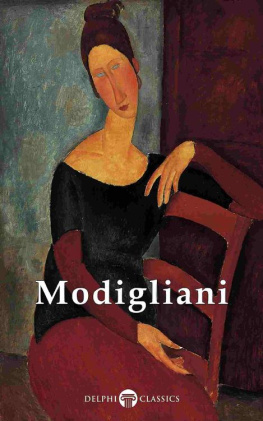


 Portrait of Dr. Paul Alexandre , 1909
Portrait of Dr. Paul Alexandre , 1909 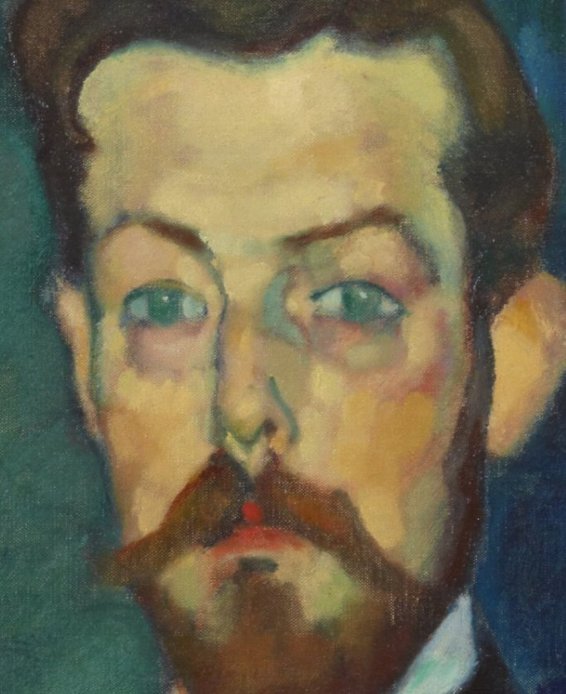 Detail
Detail 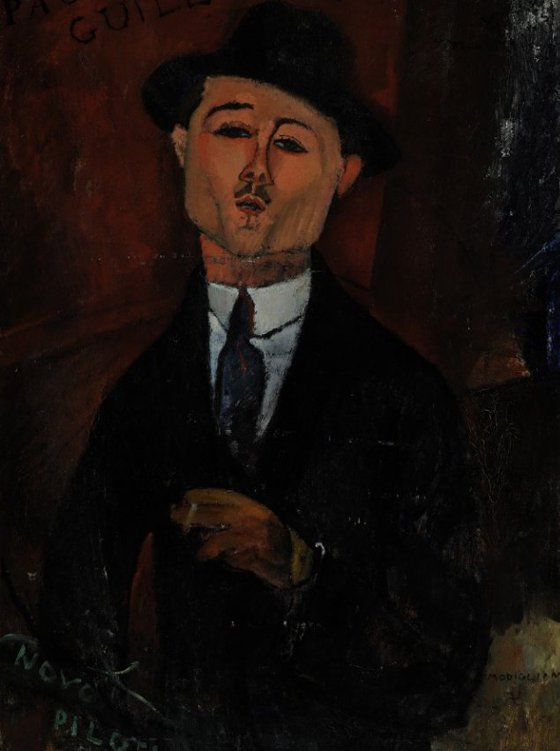 Paul Guillaume, Novo Pilota , 1915
Paul Guillaume, Novo Pilota , 1915 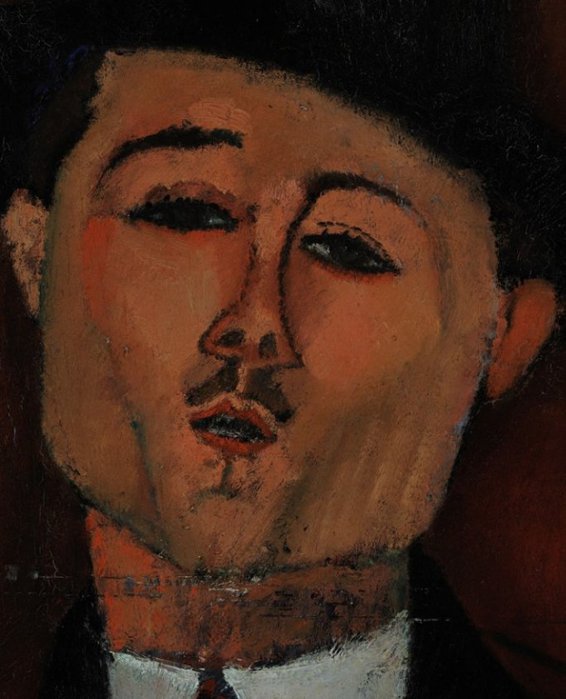 Detail
Detail 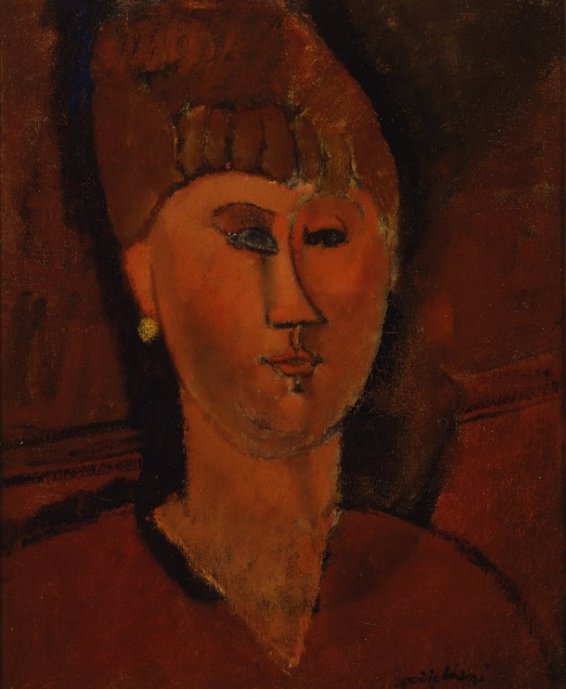 The Red-Headed Girl , 1915
The Red-Headed Girl , 1915 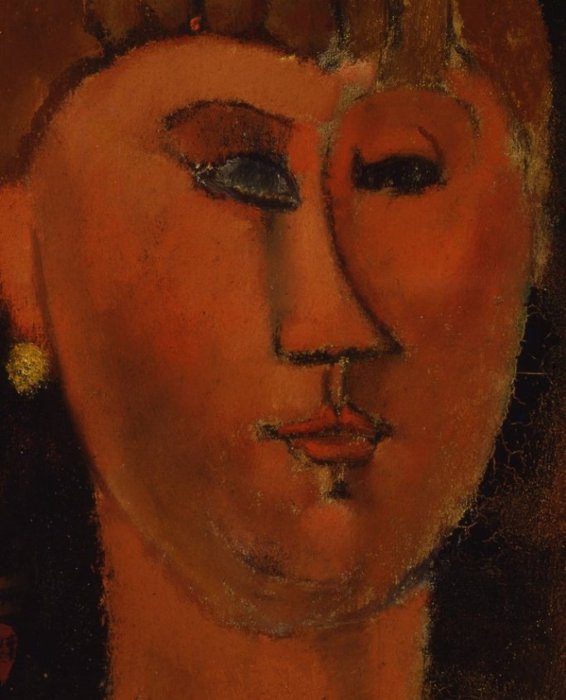 Detail
Detail 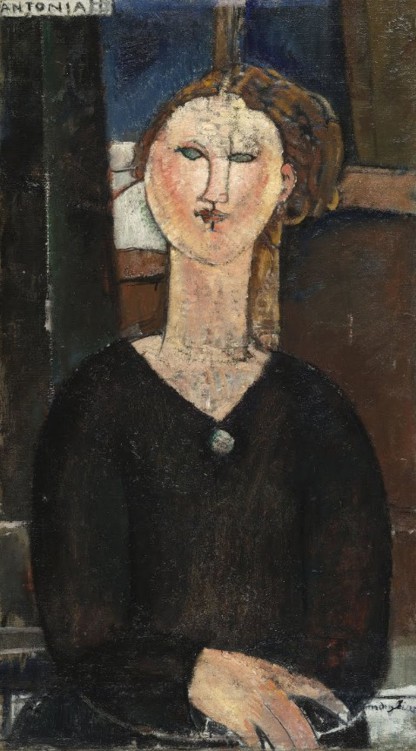 AntoniaCirca , 1915
AntoniaCirca , 1915 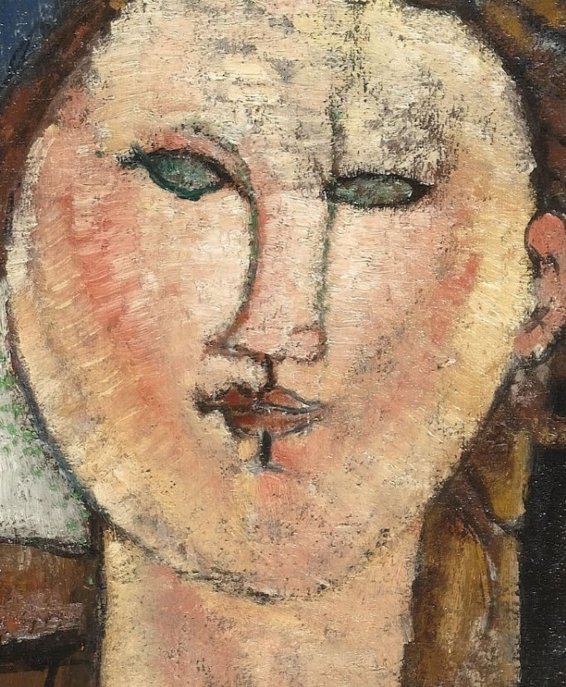 Detail
Detail 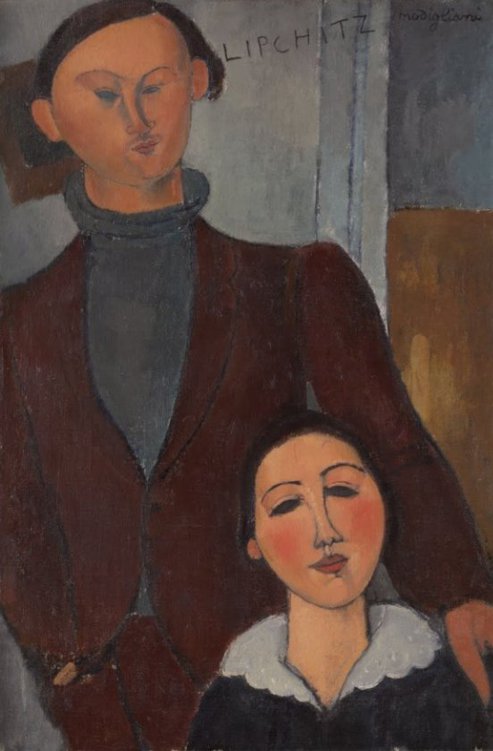 Jacques and Berthe Lipchitz , 1916
Jacques and Berthe Lipchitz , 1916 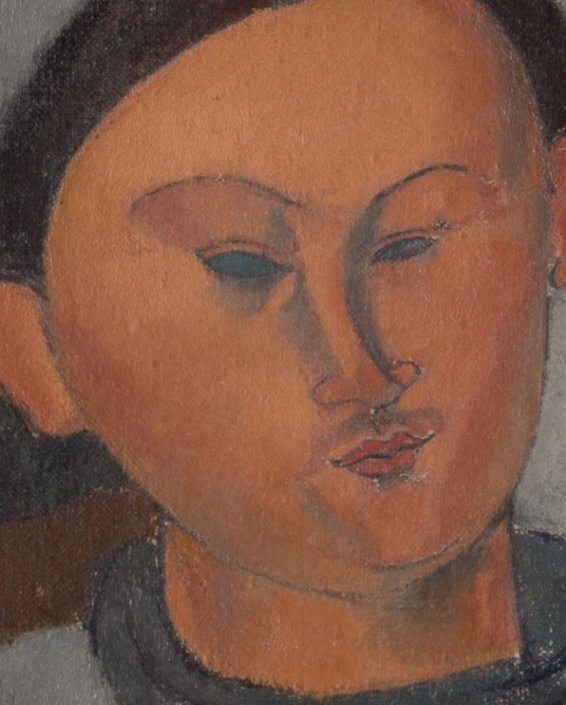 Detail
Detail 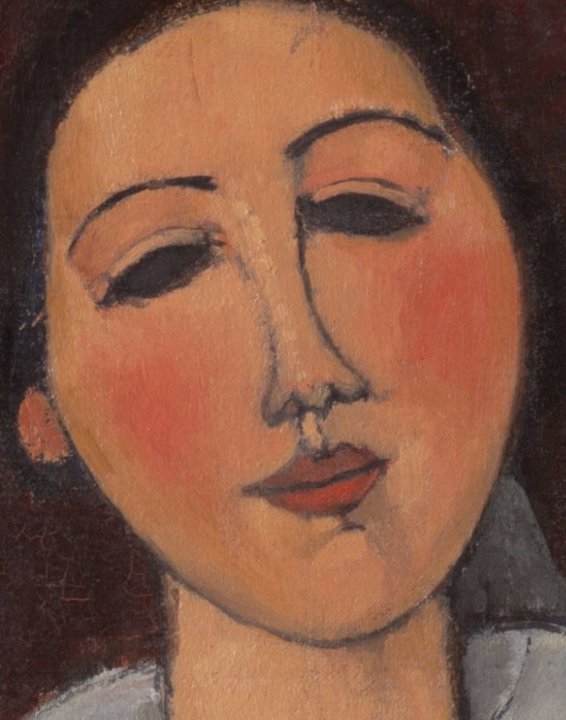 Detail
Detail 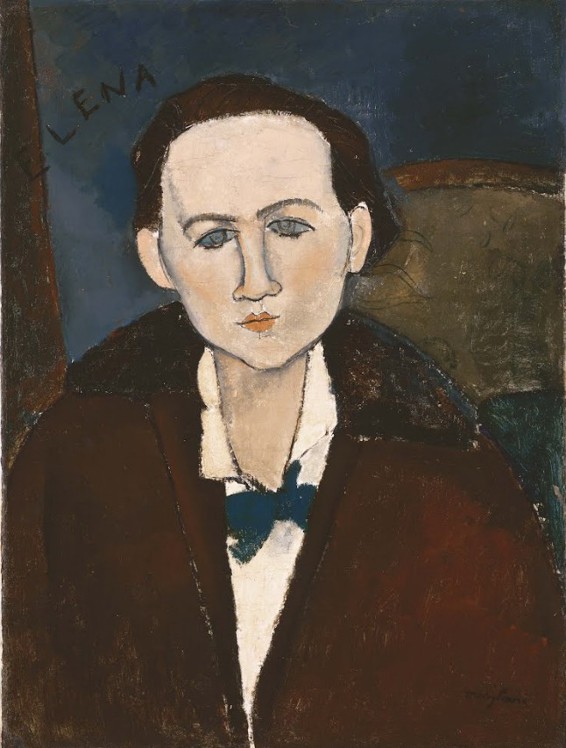 Elena Povolozky , 1917
Elena Povolozky , 1917 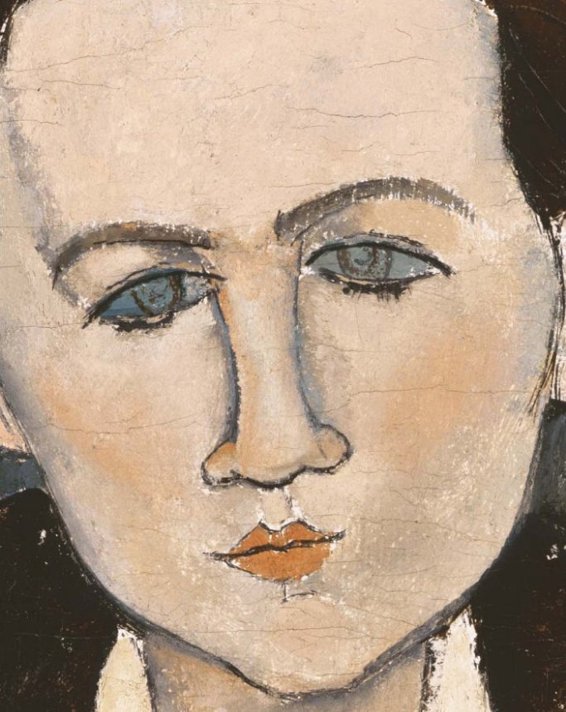 Detail
Detail 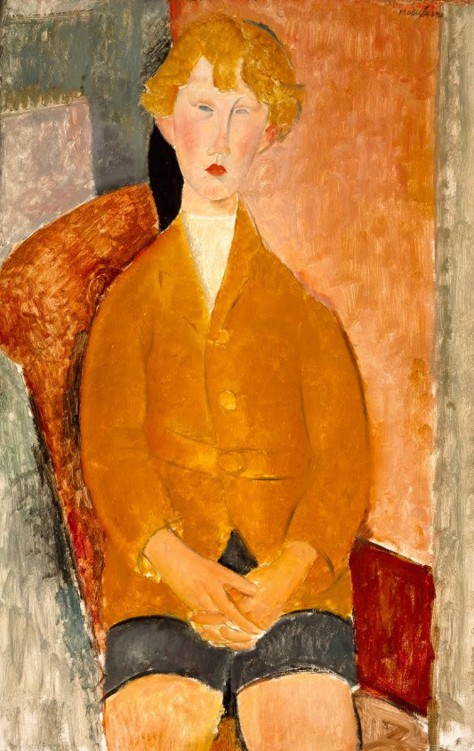 Boy in Short Pants , 1918
Boy in Short Pants , 1918 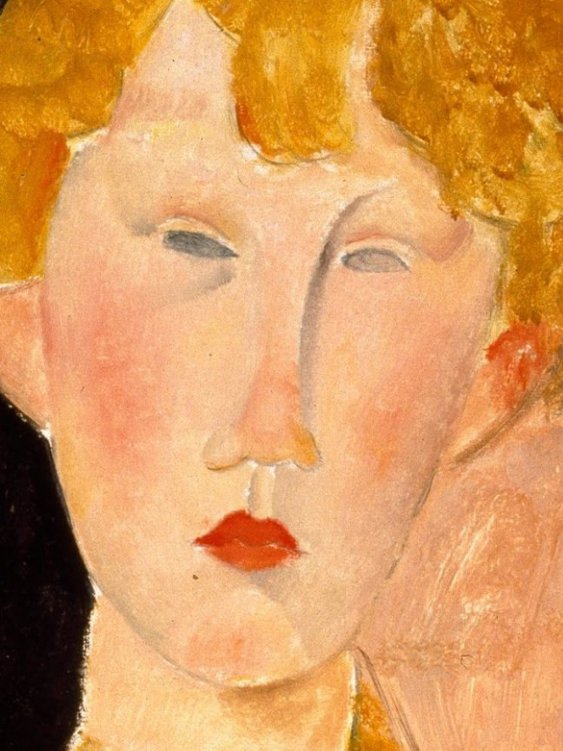 Detail
Detail 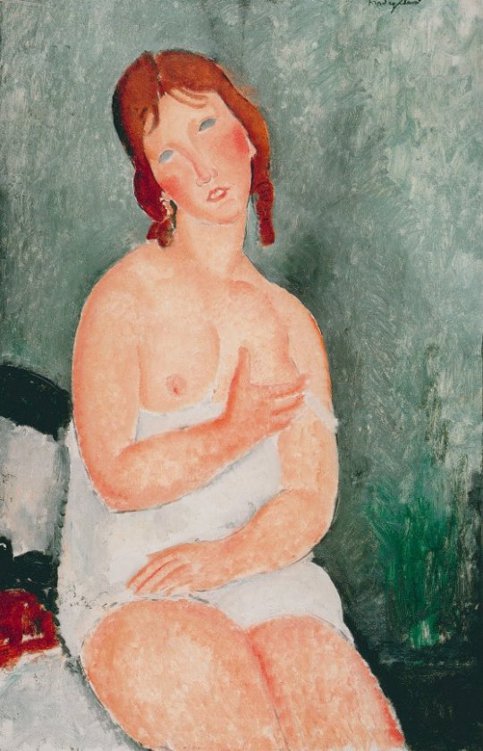 Young Woman in a Shirt, 1918
Young Woman in a Shirt, 1918 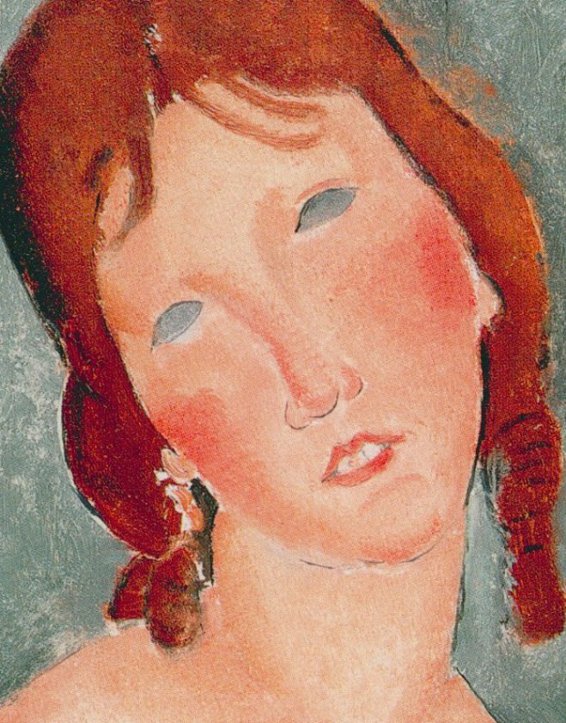 Detail
Detail 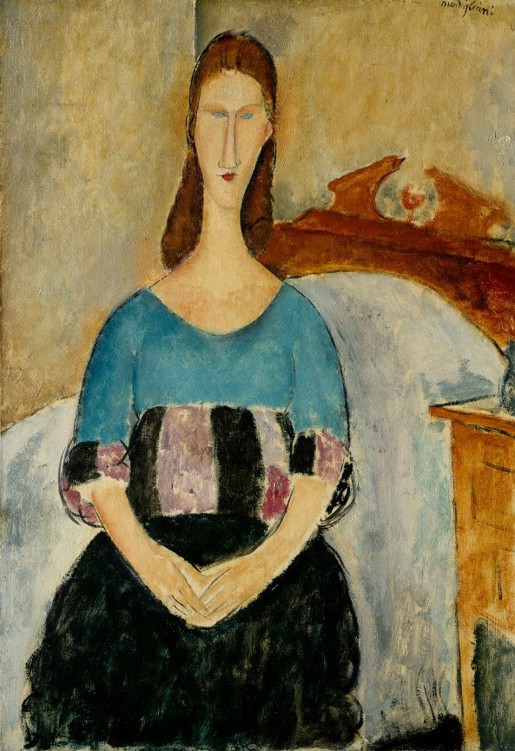 Portrait of Jeanne Hebuterne, Seated, 1918
Portrait of Jeanne Hebuterne, Seated, 1918 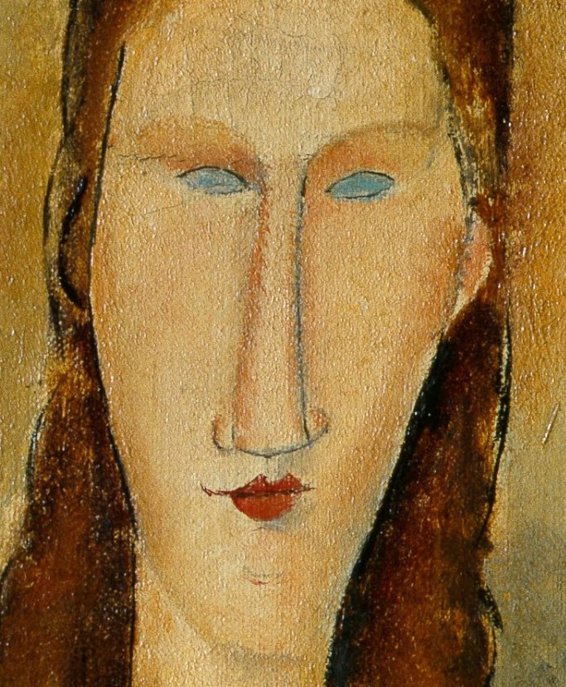 Detail
Detail 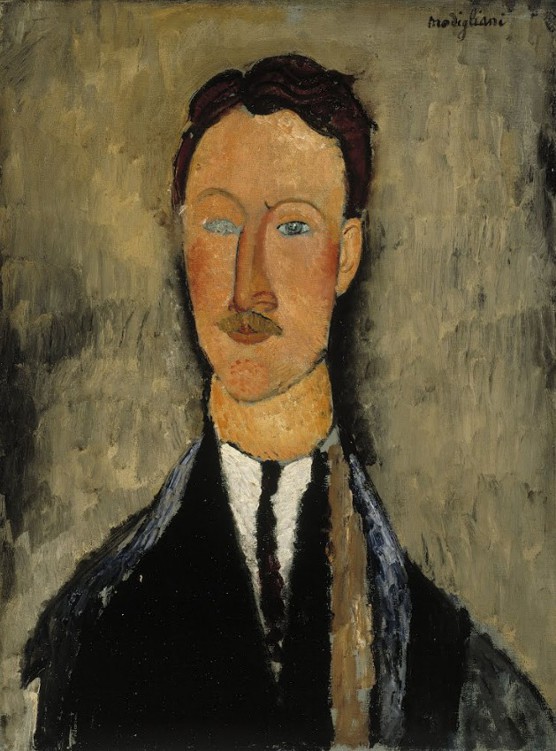 Portrait of the Artist Lopold Survage , 1918
Portrait of the Artist Lopold Survage , 1918 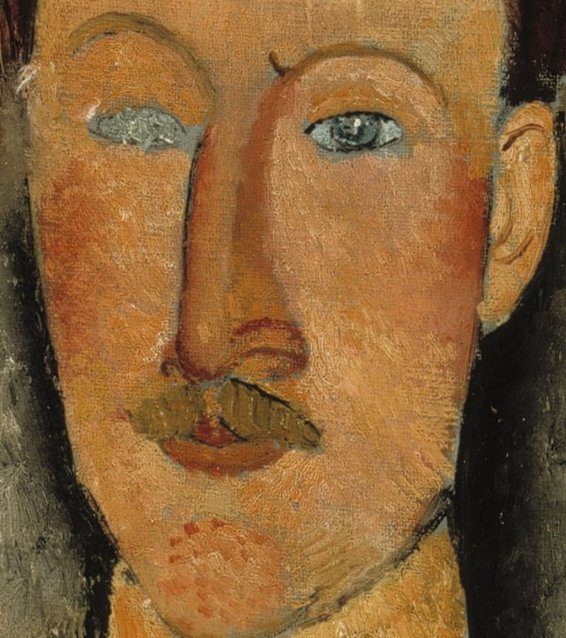 Detail
Detail 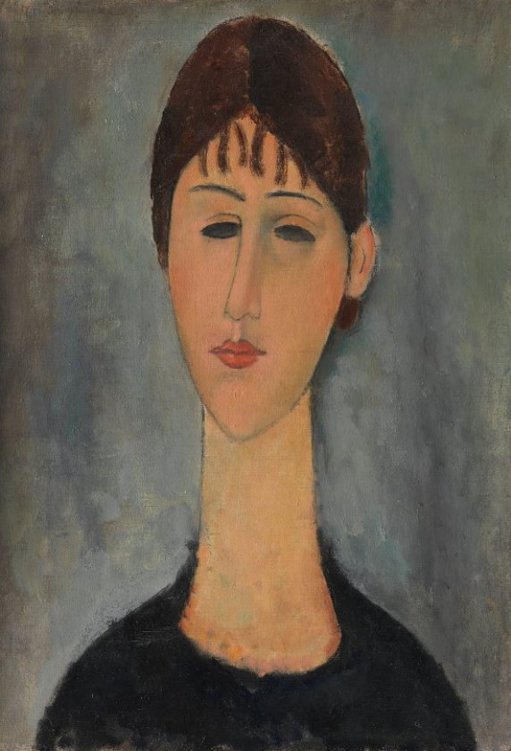 Portrait of Mme Zborowska , 1918
Portrait of Mme Zborowska , 1918 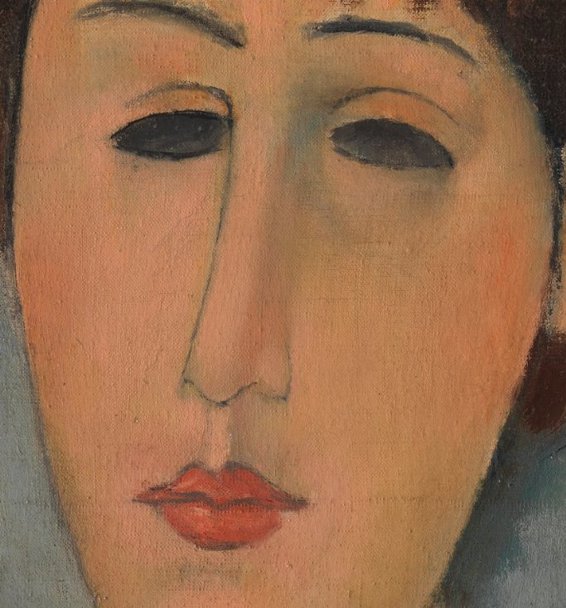 Detail
Detail 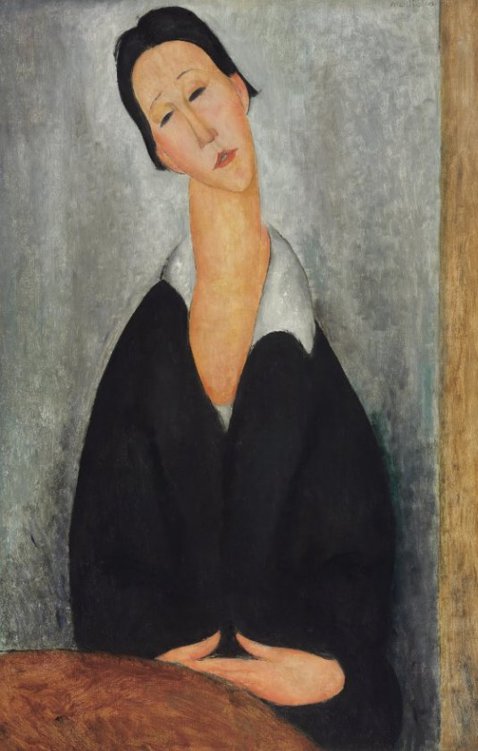 Portrait of a Polish Woman , 1919
Portrait of a Polish Woman , 1919 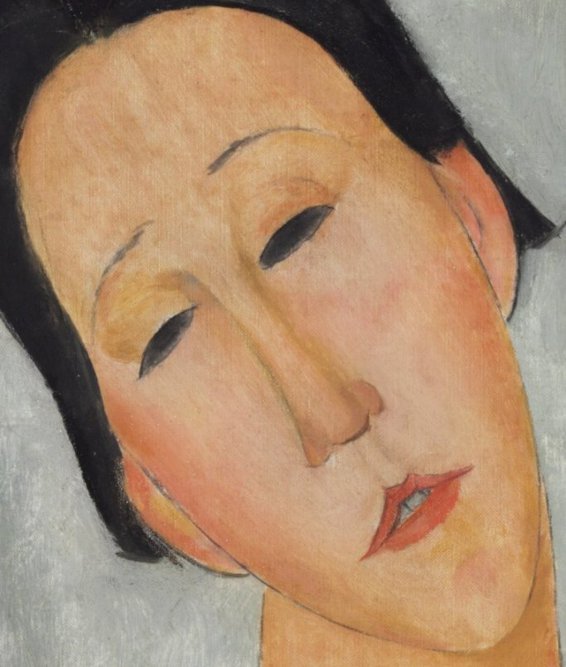 Detail
Detail 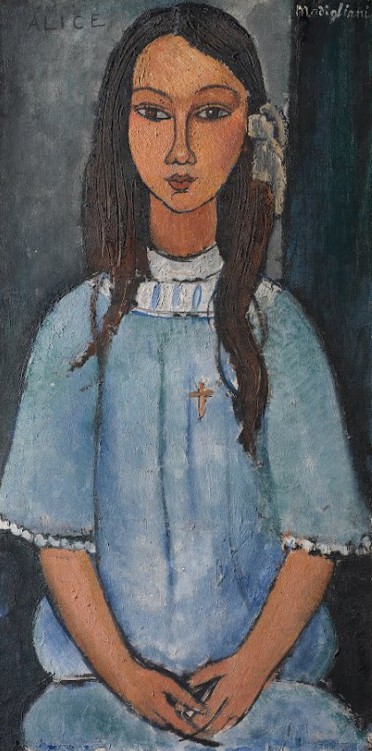 Alice , 1918
Alice , 1918 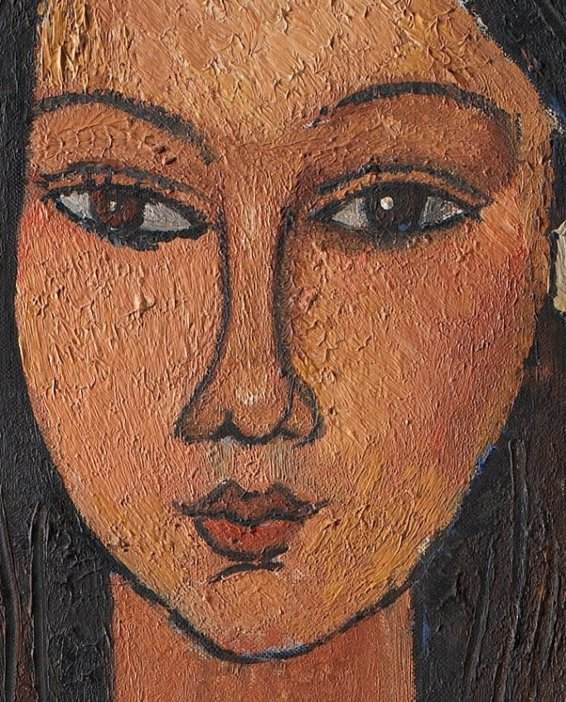 Detail
Detail 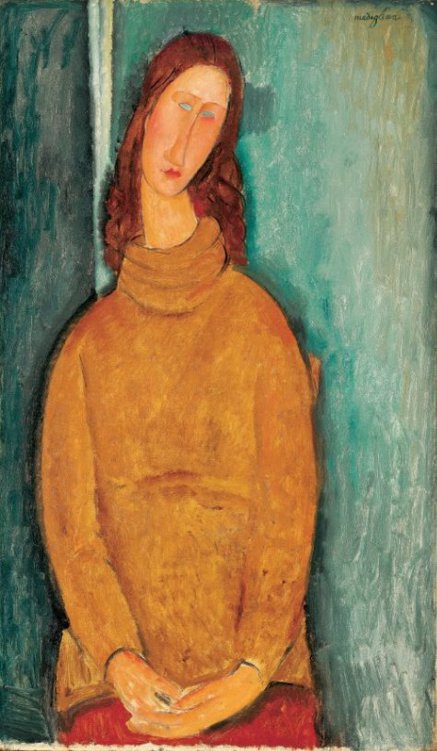 Portrait of Jeanne Hbuterne , 1919
Portrait of Jeanne Hbuterne , 1919 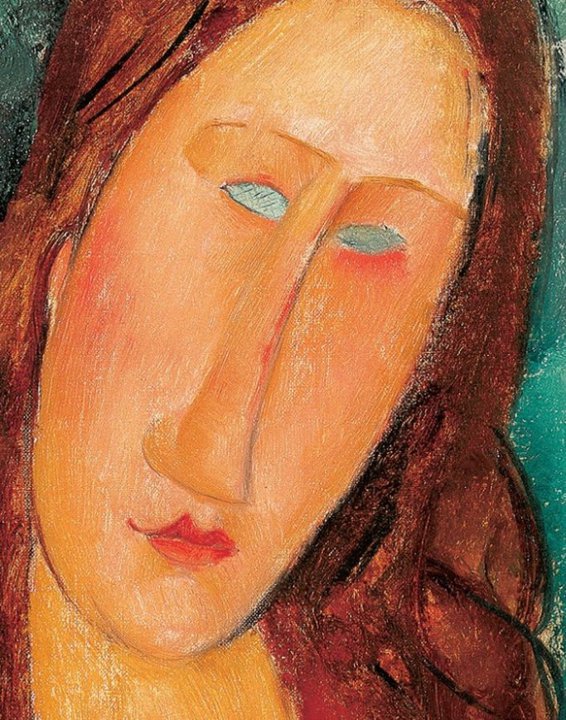 Detail
Detail 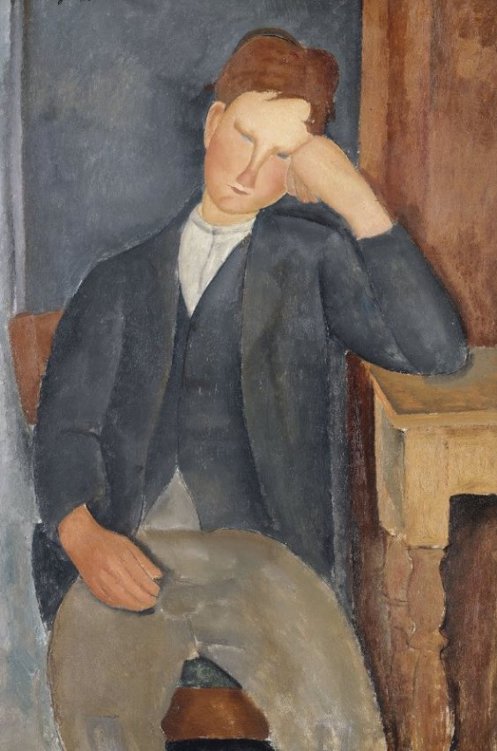 The Young Apprentice , 1918 1919
The Young Apprentice , 1918 1919  Detail
Detail 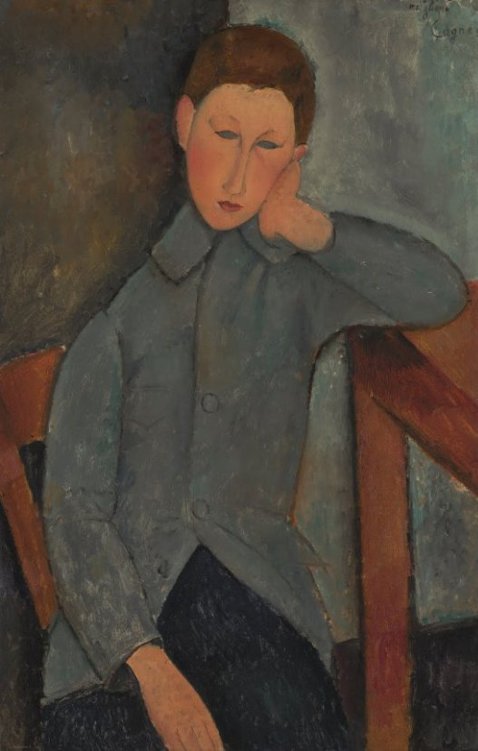 The Boy , 1919
The Boy , 1919 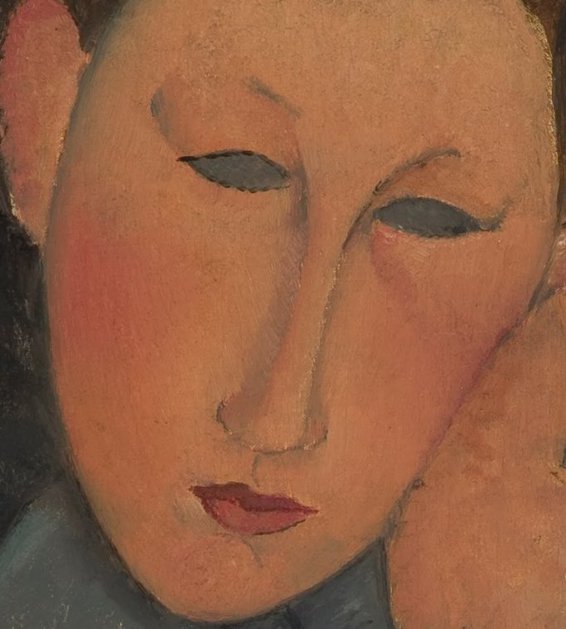 Detail
Detail 